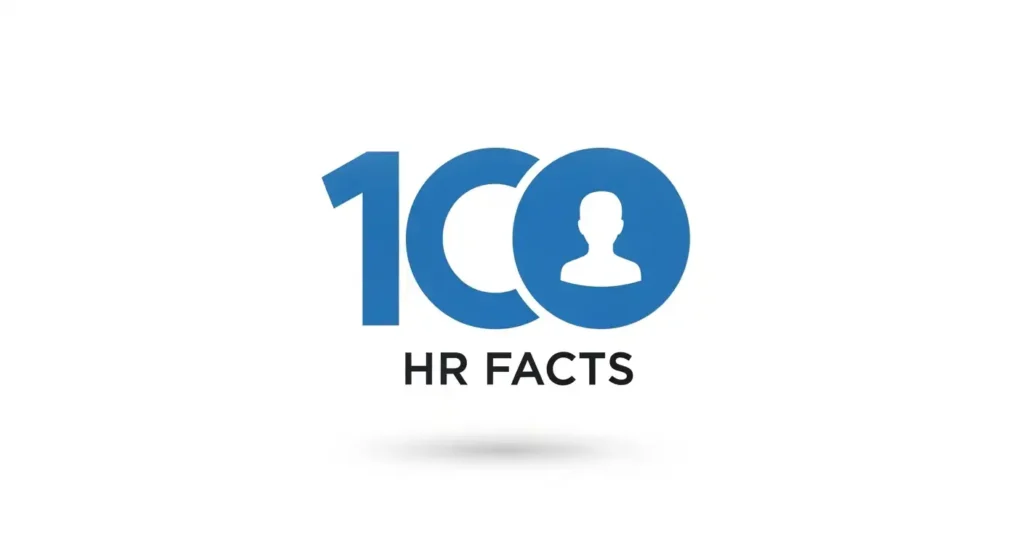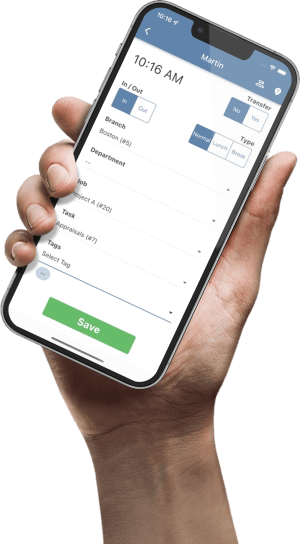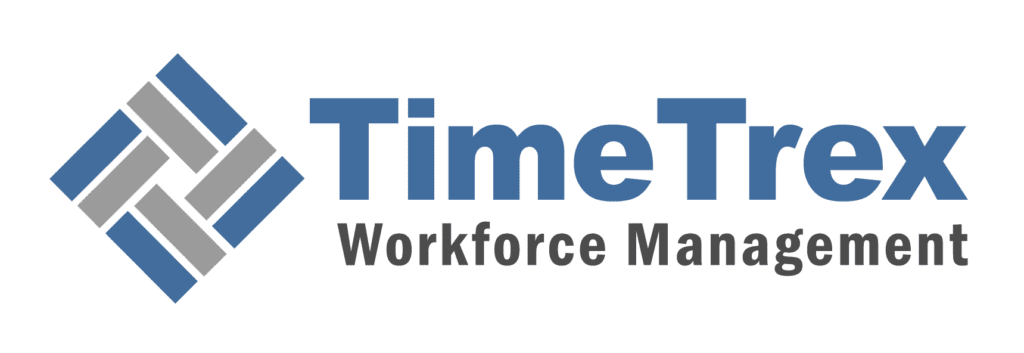
100 Things You Didn't Know About Human Resources
For many US employees, the Human Resources (HR) department is a background function—a place for payroll questions, benefits enrollment, and the occasional serious meeting. This view misses the reality: modern HR is the strategic core of an organization, a sophisticated, data-driven function that shapes the workforce, manages risk, and drives business success. This guide reveals over 100 hidden realities of the HR function, from strategic workforce planning and the science of compensation to the complex legal compliance that dictates so many HR actions. Understanding this hidden architecture empowers employees to see HR not as a bureaucracy, but as an essential partner in their career and the company's growth.
In This Article
- HR as the Architect of Business Success
- The Science of People: Data and Analytics
- Deconstructing Compensation: Pay, Bonuses, and Rewards
- The Talent Magnet: Recruitment and Hiring
- Beyond the Annual Review: Performance Management
- The Guardian: Navigating Legal Compliance
- The Tightrope Walk: Employee Relations & Investigations
- The Business of HR: Budgets, Vendors, and Experience
The Strategic Blueprint: HR as the Architect of Business Success
The most significant, yet least visible, evolution in Human Resources is its shift from a support role to a driver of business strategy. While employees see HR policies, they miss the strategic framework behind them. HR's work isn't just managing people; it's building a workforce designed to win.
The Shift to Strategic Human Resource Management (SHRM)
Employees often equate HR with administrative tasks, but modern HR operates under a proactive framework known as Strategic Human Resource Management (SHRM). SHRM is the "People Strategy," ensuring all talent activities align with long-term business goals. When the company plans to enter a new market, HR is already developing a plan to hire or train people with the right skills and create competitive compensation for that market. This requires deep business acumen.
HR's Role in High-Level Organizational Design
HR is a key architect of the company's structure. They use Organizational Development (OD) to design reporting structures that support strategy. For instance, an innovative company might need an agile matrix structure, while one focused on efficiency might require a traditional hierarchy. HR actively works to break down departmental silos and uses needs assessments to systematically design job roles so every position has a clear purpose.
The Art of Long-Term Workforce Planning (SWP)
While employees see HR hiring for current openings, HR is engaged in Strategic Workforce Planning (SWP), forecasting talent needs 3-10 years ahead. This is a data-driven, three-step process:
- Supply Analysis: Examining the current workforce and modeling future changes from attrition and promotions.
- Demand Analysis: Forecasting the talent and skills needed to execute future business plans.
- Gap Analysis: Comparing future supply and demand to identify critical gaps, which informs hiring and training priorities.
Orchestrating Major Organizational Change
When a major change like a merger occurs, HR leads the "people side" of the transition. They use formal, psychology-based models like Lewin's Unfreeze-Change-Refreeze model or Kotter's 8-Step Model to manage the process, create buy-in, and guide individuals through the emotional journey of change.
The Science of People: How Data and Analytics Shape the Workforce
Contrary to popular belief, modern HR decisions are not subjective. The rise of "People Analytics" has transformed HR into an evidence-based discipline, where data and predictive algorithms inform critical workforce decisions. This scientific rigor is almost entirely invisible to the employees whose data is being analyzed.
The Rise of "People Analytics"
HR has become a data science function, using analytics to make objective decisions. This practice moves beyond simple reporting to predict future trends. For example, a predictive model might identify 50 high-performing employees at risk of resigning, allowing HR to recommend a targeted intervention to reduce that risk.
Predicting Who Will Quit (Turnover Prediction)
HR builds sophisticated models to predict which employees are a "flight risk." By analyzing historical data on performance, tenure, compensation, and engagement, HR can identify patterns and intervene proactively to retain valuable talent. The goal is intervention, not surveillance.
Forecasting Hiring Needs and Identifying Skills Gaps
Instead of waiting for hiring requests, HR uses data to forecast future demand and conduct formal skills gap analyses. By creating an inventory of current skills and comparing it to future needs, HR provides clear, evidence-based priorities for training and recruitment, ensuring the company is building the workforce of tomorrow.
Deconstructing Compensation: The Intricate World of Pay, Bonuses, and Total Rewards
Compensation can feel like a mystery, but it's a highly structured, data-driven science. HR manages a complex system of salary bands, bonus structures, and total rewards to ensure pay is both internally equitable and externally competitive.
The Science of Salary Benchmarking and Pay Bands
Your salary isn't just your manager's opinion. HR uses salary benchmarking to compare your role against external market data. This data is used to create structured salary bands (or pay ranges) for every job, each with a minimum, midpoint, and maximum. This ensures fairness and competitiveness. There is a structural ceiling on pay for any given role; significant long-term salary growth is fundamentally tied to promotion into a higher pay grade.
The Philosophy Behind Bonus Structures
Bonuses are strategic tools designed to drive specific behaviors. Every bonus plan starts with a compensation philosophy that defines what the company wants to reward. Different bonus types achieve different goals, from performance-based bonuses that motivate productivity to profit-sharing plans that foster collective ownership.
The Concept of "Total Rewards"
Your compensation is more than just your salary. HR manages a "Total Rewards" strategy, a holistic approach that includes every element of value you receive. This allows a company to compete for talent even when it can't offer the highest salary.
| Reward Category | Examples |
|---|---|
| Compensation | Base Salary, Performance Bonuses, Profit-Sharing, Stock Options, Equity Grants |
| Benefits | Health, Dental, & Vision Insurance; Retirement Plans (e.g., 401(k)); Paid Time Off; Life & Disability Insurance |
| Work-Life Balance | Flexible Work Schedules, Remote/Hybrid Options, Wellness Programs, Employee Assistance Programs (EAPs), Paid Parental Leave |
| Performance & Recognition | Formal Recognition Awards, Peer-to-Peer Recognition Platforms, Service Anniversary Awards |
| Development & Career Opportunities | Training Programs, Tuition Reimbursement, Mentorship Programs, Clear Career Paths, Internal Promotion Opportunities |
The Hidden Work of Pay Equity Audits
HR proactively conducts pay equity audits—complex statistical analyses of compensation data—to identify and fix pay disparities between employees performing similar work that may be correlated with gender, race, or ethnicity. This is a critical legal and financial risk management tool.
The Talent Magnet: The Unseen Machinery of Recruitment and Hiring
Behind the simple facade of job postings and interviews lies a sophisticated, technology-driven operation. HR manages a complex talent acquisition machine designed to proactively identify, attract, and secure the best talent.
The Digital Gatekeeper: Applicant Tracking Systems (ATS)
A human is likely not the first to read your resume. Over 98% of Fortune 500 companies use an Applicant Tracking System (ATS). This software scans and filters resumes based on keywords from the job description. If your resume lacks the right keywords or is poorly formatted, it can be rejected before a human ever sees it. Recruiters search the ATS like a search engine, reviewing only the top-ranking resumes.
Hunting for Talent: Sourcing Passive Candidates
The best candidates are often "passive"—currently employed and not actively looking. A large part of a recruiter's job is sourcing: proactively identifying and engaging these individuals using employee referral programs, advanced Boolean search techniques, and networking at industry events.
Ensuring Fairness: The Interview Calibration Process
To remove bias, HR implements interview calibration. Before interviews begin, the entire hiring team meets to standardize evaluation criteria, define what a "good" answer looks like for key questions, and create a consistent scoring rubric. This ensures every candidate is evaluated against the same objective standard.
Beyond the Annual Review: The Rigor of Performance Management
The annual review is not a single event but a continuous cycle of data collection and analysis. HR designs this process to drive strategic talent decisions, from promotions to layoffs.
The Architecture of Performance Review Systems
HR designs the entire performance review framework. Modern systems emphasize continuous feedback, with frequent check-ins and objective, measurable criteria. To improve objectivity, HR often uses Behaviorally Anchored Rating Scales (BARS), which provide specific, observable behavioral examples for each performance level.
The "Meeting Behind the Meeting": Performance Calibration
Your manager doesn't have the final say on your rating. Before reviews are finalized, managers attend performance calibration meetings where they must defend their proposed ratings to their peers and an HR representative. This process enforces consistency, corrects for individual manager biases, and ensures fairness across the organization. Your final rating depends on your performance *and* your manager's ability to advocate for you in this closed-door meeting.
The Uncomfortable Truth: Performance Data in Layoff Decisions
Performance history is a primary criterion in layoff selections. To make these decisions legally defensible, HR uses a data-driven process, often a "multiple criteria ranking" system. This formula assigns points to employees based on weighted factors, with performance typically being the most heavily weighted factor, along with skills and seniority.
The Guardian of the Gates: Navigating the Labyrinth of Legal Compliance
Many HR processes that seem bureaucratic are direct consequences of complex employment laws. HR's role is to navigate this legal labyrinth, protecting both employees and the company from significant risk.
HR as the Internal Law Enforcement Agency
HR's rules are often the law's rules. Every significant employment action is viewed through the lens of potential legal liability. What an employee sees as bureaucracy is, from HR's viewpoint, the construction of a legal firewall. Meticulous documentation of performance issues is not just for the employee's benefit; it is the company's primary defense against a wrongful termination claim.
Navigating Major Employment Laws
HR is responsible for actively managing compliance with a vast body of federal and state law. The processes for handling leave requests, disability accommodations, and overtime pay are not arbitrary—they are dictated by precise legal standards.
| Law/Act | Protects Against | HR's Core Responsibility |
|---|---|---|
| Title VII of the Civil Rights Act | Discrimination based on race, color, religion, sex, national origin | Develop EEO policies, train managers, audit for bias, investigate complaints |
| Age Discrimination in Employment Act (ADEA) | Discrimination against individuals 40+ years old | Ensure layoff criteria do not have a disparate impact on older workers |
| Americans with Disabilities Act (ADA) | Discrimination against qualified individuals with disabilities | Manage the formal "interactive process" for reasonable accommodations |
| Family and Medical Leave Act (FMLA) | Interference with rights to job-protected leave | Determine eligibility, manage medical certifications, ensure job restoration |
| Fair Labor Standards Act (FLSA) | Wage and hour violations | Correctly classify all employees as exempt or non-exempt for overtime pay |
| WARN Act | Failure to provide notice of a mass layoff | Analyze workforce reductions and issue 60-day notices when required |
The Tightrope Walk: Managing Employee Relations and Workplace Investigations
Managing employee relations is perhaps HR's most challenging role. While HR professionals strive to be fair, their function is more complex and legally constrained than most employees realize.
The Fundamental Conflict of the HR Role
HR serves two masters: the company and its employees. While HR works to support employees, its ultimate legal and fiduciary duty is to protect the interests of the organization. In a conflict, HR's primary obligation is to mitigate risk for the company. This is the single most misunderstood aspect of the HR function.
The Formal Process of a Workplace Investigation
A serious complaint of harassment or discrimination triggers a formal, quasi-legal workplace investigation. HR must act as a neutral, impartial investigator, following a strict, step-by-step process of interviewing all parties, gathering evidence, and making a factual determination based on a "preponderance of the evidence." This can be jarring for an employee who came to HR seeking an ally, but it is a necessary process to ensure fairness and legal defensibility.
The Truth About Confidentiality and Documentation
HR cannot promise absolute confidentiality. Information must be shared on a "need-to-know" basis to conduct a thorough investigation. Furthermore, every note an HR investigator takes is a potential legal exhibit. They are trained to document objective facts, not subjective opinions, with the assumption that the documentation may one day be scrutinized by lawyers and a jury.
The Business of HR: Managing Budgets, Vendors, and the Employee Experience
HR operates as a self-contained business unit with its own budget, vendor network, and metrics. Employees experience the results—a benefits plan or wellness program—without seeing the intricate financial and operational management behind them.
HR as a Financial Manager: The HR Budget
HR manages one of the company's largest and most complex budgets, covering all people-related costs, including compensation, benefits, recruiting, training, and technology. This budget is a direct reflection of the organization's true strategic priorities and values.
Managing the Ecosystem: HR Vendor Management
Many employee benefits and systems are provided by third-party vendors (e.g., health insurance providers, 401(k) administrators, payroll processors). HR is responsible for the rigorous management of this vendor network, including selection, contract negotiation with specific Service-Level Agreements (SLAs), and continuous performance monitoring.
Measuring the Vibe: How HR Quantifies Employee Engagement
The annual engagement survey is just one tool. HR uses a multi-faceted approach to get a real-time pulse on employee sentiment. This includes short, frequent Pulse Surveys, calculating the Employee Net Promoter Score (eNPS), and analyzing behavioral data like participation in wellness programs or internal promotion rates to identify issues before they escalate.
Still Confused by HR Lingo?
The world of HR is filled with acronyms. If you're struggling to keep up with terms like SHRM, ATS, FLSA, or EEO, we've got you covered. Check out our definitive guide to decode the language of modern Human Resources.
Explore the HR Acronym FinderDisclaimer: The content provided on this webpage is for informational purposes only and is not intended to be a substitute for professional advice. While we strive to ensure the accuracy and timeliness of the information presented here, the details may change over time or vary in different jurisdictions. Therefore, we do not guarantee the completeness, reliability, or absolute accuracy of this information. The information on this page should not be used as a basis for making legal, financial, or any other key decisions. We strongly advise consulting with a qualified professional or expert in the relevant field for specific advice, guidance, or services. By using this webpage, you acknowledge that the information is offered “as is” and that we are not liable for any errors, omissions, or inaccuracies in the content, nor for any actions taken based on the information provided. We shall not be held liable for any direct, indirect, incidental, consequential, or punitive damages arising out of your access to, use of, or reliance on any content on this page.
About The Author

Roger Wood
With a Baccalaureate of Science and advanced studies in business, Roger has successfully managed businesses across five continents. His extensive global experience and strategic insights contribute significantly to the success of TimeTrex. His expertise and dedication ensure we deliver top-notch solutions to our clients around the world.
Time To Clock-In
Start your 30-day free trial!
Experience the Ultimate Workforce Solution and Revolutionize Your Business Today
- Eliminate Errors
- Simple & Easy To Use
- Real-time Reporting

Saving businesses time and money through better workforce management since 2003.
Copyright © 2025 TimeTrex. All Rights Reserved.
